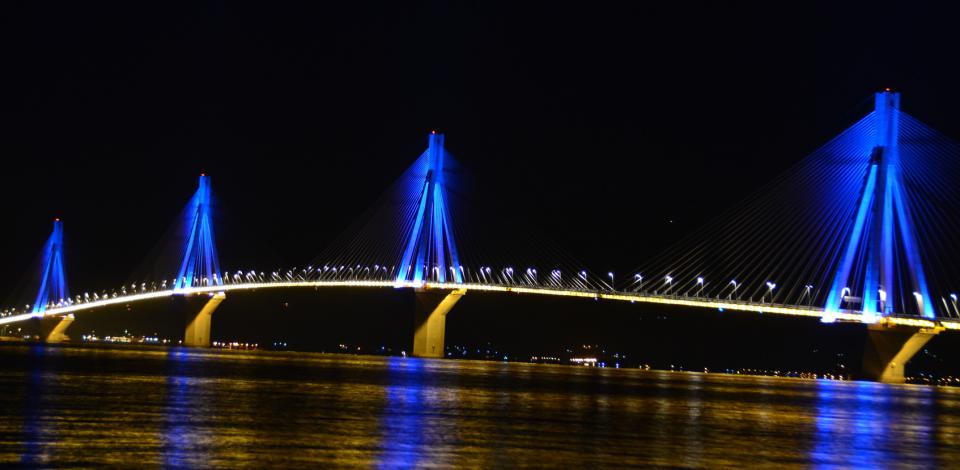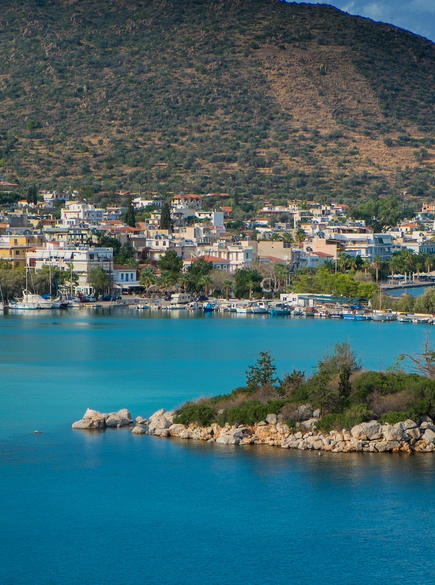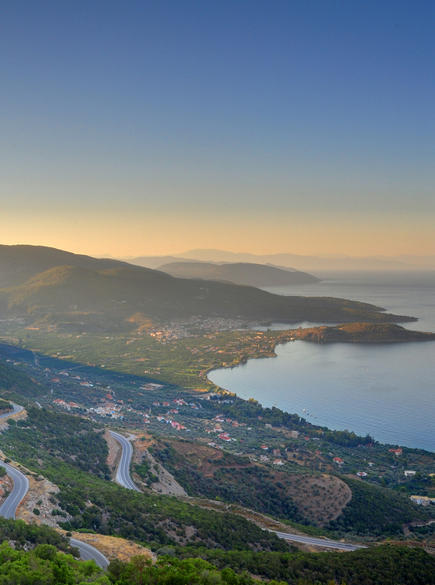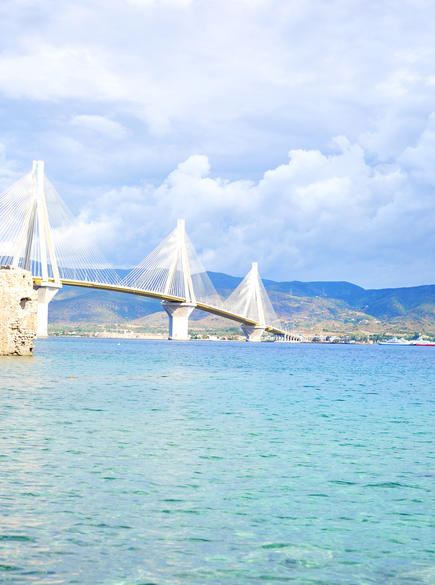Sailing the Saronic Gulf - boating along the islands between Athens and the Peloponnese

Boats for rent in: Saronic Gulf
Saronic Gulf
The Saronic Gulf and the Argolic cruising grounds are simple and suitable for beginners and less experienced crews.
- Favorable sailing conditions
- Easy navigation
- Adequate infrastructure
- Sailing Season: April to October
- Mediterranean climate.


The Peloponnesian coast is a great sailing location and there are many varied routes around the peninsula. The natural scenery is diverse and provides an impressive backdrop. There are rugged mountains, green valleys, cliffs and long white beaches. On the rocky coastline of the Peloponnese there are numerous bays and anchorages. The sea on the Saronic and Argolic coast is well protected from the Greek mainland and the high mountains of the Peloponnese give shelter from strong winds. The winds blow mainly from north to east with a strength of 3 to 4 Bft. In spring and autumn, the wind is weaker and comes from the south. In July the Meltimi blows and reaches full strength in September. In the Saronic Gulf it is weaker and less severe than the winds in the Cyclades or the Dodecanese. On the Peloponnesian coast, the Meltemi is rather weak and comes from the northeast or the southeast.

The Saronic Gulf is a simple sailing area that is easy to access. Overall, the sailing conditions are favorable and predictable. There are no significant currents and tides have little influence. One of the few navigational challenges is the passage between the island of Poros and the mainland of Galatas. Between Peloponnese and Athens, the waters are protected by law and allow for relaxed sailing. The distances between the islands are small so you can sail comfortably from one to another. The Saronic and the Argolic Gulf are particularly suitable for beginners and less experienced sailing crews..
How to get there - Airports in Saronic Gulf
- Athens International Airport to Kalamaki harbor: 33,9 km, 44 minutes
- Kos Airport to Chalki harbor: 25,9 km, 52 minutes
- Porto Kheli Airport to Epidavros: 59,9 km, 1 hour and 19 minutes
Climate & Weather in Saronic Gulf
There is a Mediterranean climate in the Saronic Gulf. There are long, hot and dry summers. The sailing season begins in April and lasts until October and the weather is stable as of May. In the summer months, the average daily temperatures range between 24 and 31 °C. Water temperatures fluctuate between 13 °C in January and 24 °C in August.